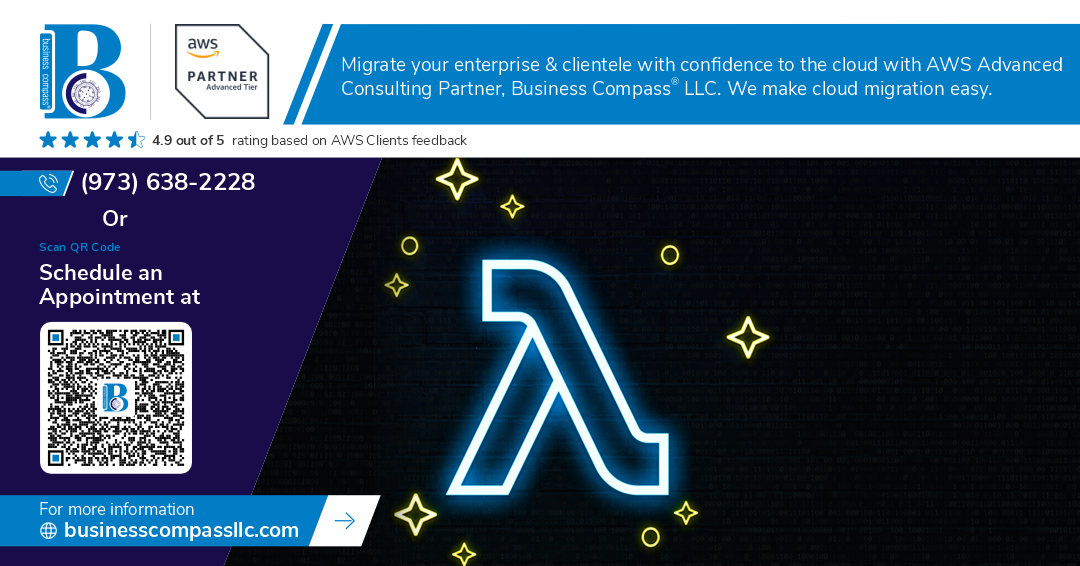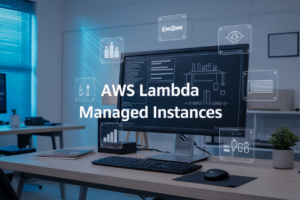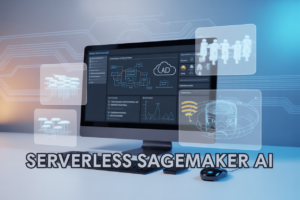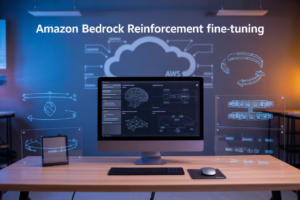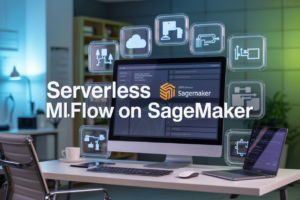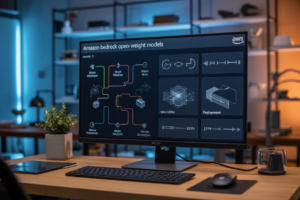Ever stared at your inbox, drowning in manual emails that should’ve been automated years ago? You’re not alone. The average tech professional wastes 11 hours weekly on tasks that could be automated—that’s over 500 hours annually!
I’m about to show you how AWS Lambda, CloudWatch, and SES can transform your email automation workflow in ways your team will actually thank you for.
Think about it: no more late-night reminders, forgotten follow-ups, or manual report distributions. Just clean, efficient email automation running in the cloud without the overhead of maintaining servers.
The best part? You don’t need to be an AWS guru to implement powerful email automation workflows. But there’s a specific configuration trick most tutorials miss entirely…
Understanding AWS Lambda Fundamentals
What makes Lambda perfect for automation tasks
AWS Lambda crushes it for email automation because it runs your code without server headaches. Just upload your function, set a trigger, and boom—emails flow automatically. No infrastructure to manage means you focus on the code that matters, not the machines running it.
Serverless computing benefits for email workflows
Ever tried managing email servers? It’s a nightmare. Lambda handles all that server junk for you. Your email workflow just works—whether you’re sending 10 messages or 10,000. It scales instantly when traffic spikes and sits quietly when idle, no babysitting required.
Cost advantages over traditional email servers
Traditional email servers burn money 24/7 whether you use them or not. With Lambda, you only pay for what you actually use—down to the millisecond. No upfront costs, no idle servers eating your budget. Most automation tasks cost pennies to run, making Lambda ridiculously cost-effective for email workflows.
Setting Up CloudWatch Triggers for Timely Execution
Setting Up CloudWatch Triggers for Timely Execution
A. Creating custom event patterns
CloudWatch event patterns are your secret weapon for laser-targeted automation. You can trigger Lambda functions when specific AWS events happen – like when someone uploads a file to S3 or when EC2 instances change state. Just define what events matter to your workflow, and CloudWatch will handle the rest.
B. Scheduling recurring email tasks
Need to send reports every Monday at 9 AM? CloudWatch’s cron expressions have you covered. Setting up a schedule is dead simple:
cron(0 9 ? * MON *)
This little snippet tells your Lambda to wake up and send emails exactly when you need them. No more manual reminders or forgetting to hit send.
C. Monitoring and logging email automation activities
CloudWatch doesn’t just trigger stuff – it keeps tabs on everything. Every email sent (or not sent) gets logged. You’ll see execution times, memory usage, and error messages all in one place. This visibility is gold when you’re trying to figure out why that important notification didn’t reach your team.
D. Setting up alerts for failed processes
Email automation is only as good as its reliability. Set up CloudWatch alarms to ping you when things go sideways. Configure notifications for failed Lambda executions or when SES bounces emails. A simple SNS topic connected to your alarm means you’ll know about issues before your users do.
Implementing AWS SES for Professional Email Delivery
A. Configuring SES for high deliverability
Getting SES to actually land in inboxes isn’t rocket science. Verify your domain, warm up your sending volume gradually, and maintain a clean sender reputation. Set up DKIM and SPF records to prove you’re legit. Amazon’s easy-to-use console makes this surprisingly painless compared to managing your own mail servers.
Building Your First Automated Email Workflow
Writing efficient Lambda functions for email processing
Look, Lambda functions aren’t rocket science, but they can be tricky. Keep your email processing code lean – separate concerns, avoid bloated dependencies, and use environment variables for configuration. Your future self will thank you when that 3 AM alert doesn’t fire.
Passing dynamic content to email templates
Gone are the days of hardcoded emails. Store your templates in S3 and use placeholders like {{name}} or {{order_number}}. Your Lambda function can grab the template, swap in the dynamic content, and boom – personalized emails without the headache.
Implementing error handling and retries
Email fails happen. Period. Wrap your sending logic in try/catch blocks and implement exponential backoff for retries. CloudWatch alarms should monitor failure rates, and dead-letter queues can catch those stubborn messages that refuse to send after multiple attempts.
Advanced Email Automation Strategies
Personalizing emails with database integrations
Ever connected your Lambda function to DynamoDB? Game-changer. Pull customer names, past purchases, or browsing history directly into your emails. Nobody likes “Dear Customer” emails anymore. With a simple query, your automated emails suddenly feel hand-crafted.
Implementing conditional logic in email workflows
Creating multi-step email sequences
Securing sensitive information in your email system
Mastering the art of email automation with AWS services can significantly transform your productivity and workflow efficiency. By combining Lambda functions with CloudWatch triggers and leveraging SES for reliable email delivery, you’ve learned how to create a powerful system that operates with minimal intervention. The step-by-step workflow implementation we’ve explored provides a solid foundation for building sophisticated notification systems that can scale with your needs.
Take the next step by experimenting with the advanced strategies discussed – consider implementing dynamic content personalization, setting up comprehensive monitoring, or integrating with other AWS services to expand your automation capabilities. Whether you’re managing customer communications, internal notifications, or system alerts, these AWS tools offer a cost-effective and reliable solution that will save you countless hours of manual work while ensuring professional delivery of your important messages.










